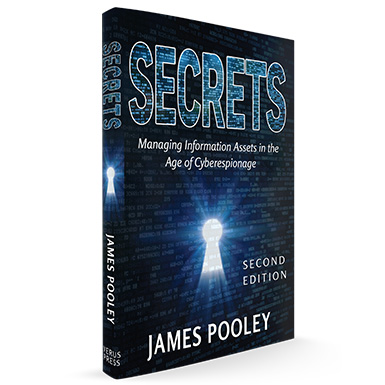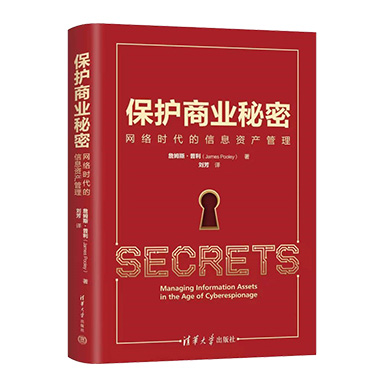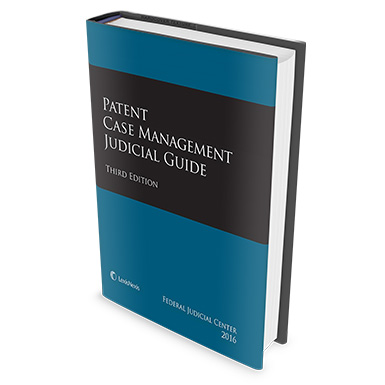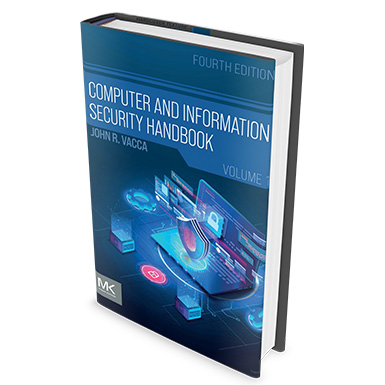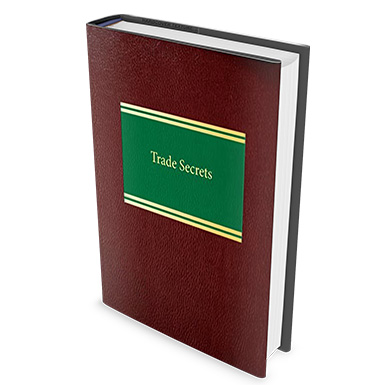James Pooley started writing about trade secrets in the 1980s. Back then, the best way for a company to protect its data was to watch who went in and out the door. In the decades since, information security has been challenged by the Internet, an emerging culture of disclosure powered by social media, sophisticated hacking tools, global supply chains, and a drive toward “open innovation,” which calls for sharing vital information with suppliers, customers, and a variety of short-term “partners.”
In short, everything has changed. Information has become the global currency of the 21st century. Managing it is no longer the exclusive province of IT or security. Every operational and strategic part of the enterprise is now involved in this critical task. Whether you’re a leader or any professional who works with information, you must walk the fine line between being open enough to generate creative energy and being careful enough that most sensitive trade secrets stay secret.
Pooley realized anyone trying to make sense of this complex new world needs a plainspoken guide that puts the subject in context and helps them make smart decisions about intellectual property and all of the (often surprising) issues that connect to it. Thus, Secrets was born. Click here for an excerpt from this deeply compelling, readable, information-packed book.
2nd Edition Now Available: Unlock the Latest Strategies for Trade Secret Protection
The first edition of the Secrets was published in 2015. We're excited to announce the 2nd Edition of the Secrets was released in 2024 and is now available for purchase!
In the highly-anticipated second edition of his "must have" resource on trade secrets, James Pooley dispenses the latest insights on protecting information assets in our hyperconnected world. With substantive updates related to artificial intelligence, the trade war with China, the CoVID-19 pandemic, and the passage of the Defend Trade Secrets Act, Pooley outlines strategies for modern businesses to protect and monetize their trade secrets amid a rapidly-changing globalized economy. Michael Malone, author of over 20 books on technology and business, writes the foreword for the second edition of SECRETS - a comprehensive guide for what managers and business owners can do to protect and exploit their competitive advantage, maintain productive business relationships, and avoid lawsuits.
